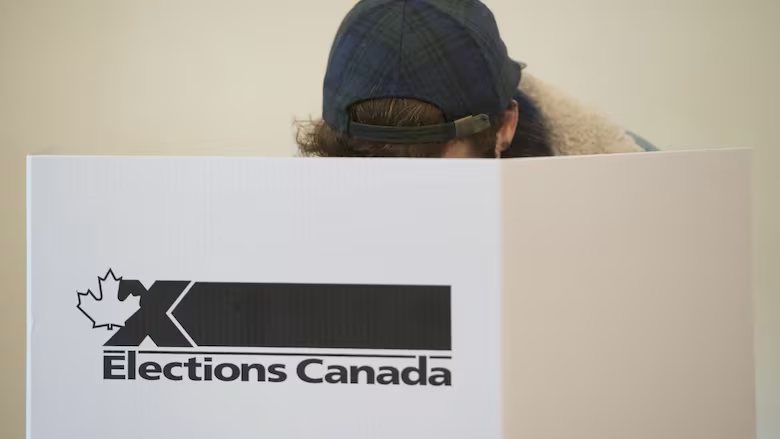Nomination process for federal election candidates 'uncompetitive' and 'biased': report
Samara Centre for Democracy says just 17% of 6,600 candidates competed in a nomination race

Just a small portion of federal candidates go through competitive nomination contests, according to a new report from the Samara Centre for Democracy which describes the nomination process as "a weak point in our democratic infrastructure."
Wednesday's report — titled "Party Favours: How federal election candidates are chosen" — looked at the more than 6,600 candidates who ran to represent one of Canada's five major political parties during the last five federal elections.
It found that just 17 per cent of those candidates competed in nomination races.
Parties directly appointed more than 2,700 candidates — and out of the 3,900 nomination contests monitored by the centre, more than 70 per cent saw just one person run.
"Nomination contests remain too short, uncompetitive, unpredictable, untransparent and exclusionary," concludes the report.
Michael Morden, the centre's research director, said he was stunned by the results.
"It's kind of crazy ... some of those competitive races are themselves skewed to favour one candidate. So it's an even smaller number than that, likely," he said.
"The fact that so few are real contests suggests fairly shallow democracy in these parties."
Nomination contests remain too short, uncompetitive, unpredictable, untransparent and exclusionary- Samara Centre for Democracy
While in theory nearly any adult Canadian can run for office, few make it to the House of Commons without the backing of a party. Less than half of one per cent of those elected to Parliament since 1993 won as independents, notes the report.
"In recent decades, these contests have increasingly come under the control of the central party, and many cases have emerged where nomination meetings appeared to be biased in favour of one candidate or another," the report says.
Push for more transparency
The two largest parties, the Liberals and Conservatives, held more nomination contests than the NDP, Bloc Québécois or Greens, according to the data.
Just over a quarter of nomination contestants are women, says the report; the Conservative Party had the lowest percentage of women contestants, while the NDP recorded the most.
The report also suggests appointed candidates were less likely to come from a visible minority or Indigenous background than those chosen through nominations.
"Parliament can only ever be as diverse as the pool of candidates that run for it. Nominations designed primarily for insiders, those already plugged into the party and political system, are a major obstacle to achieving a more diverse political class," said the report.
The report recommends that the parties establish new standards for their nomination processes by setting opening and closing dates for nomination contests, reporting how many members cast ballots in each contest and how many votes each contestant received, and releasing the total number of people the parties "vet out" — or prevent from running — in each election cycle.
"The public has stakes in how parties choose who ends up on the ballot," said Morden.
"It's the first link in a chain of democratic processes that lead to how we elect a Parliament. I think the general public should care about how parties are approaching these processes and whether or not parties are meeting Canadians' expectations of what a good democratic process looks like."
The Samara Centre said it compiled nomination meeting reports filed with Elections Canada between 2003 and September 2015 and combined them with existing datasets on federal election candidates and candidate ethnicity.
It also said it asked the major parties to report the number of contestants they rejected during the run-up to the 2015 election.
"Only the Green Party replied to our request, indicating that they vetted out seven per cent of the applicants they received in 2015, and five per cent of those received so far in the run-up to the 2019 election," said the centre.


